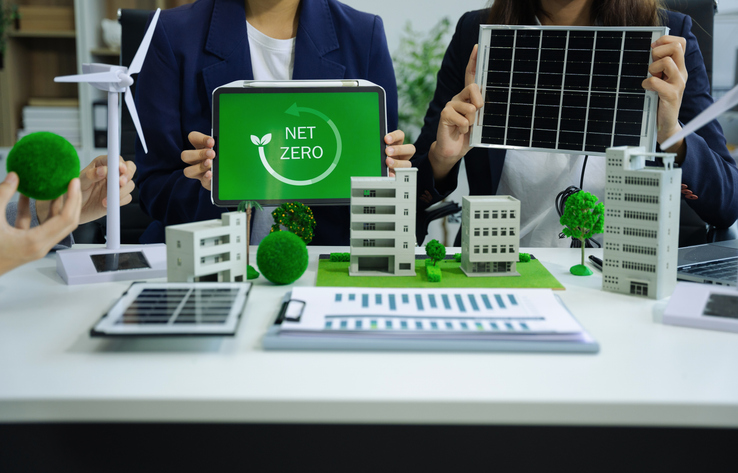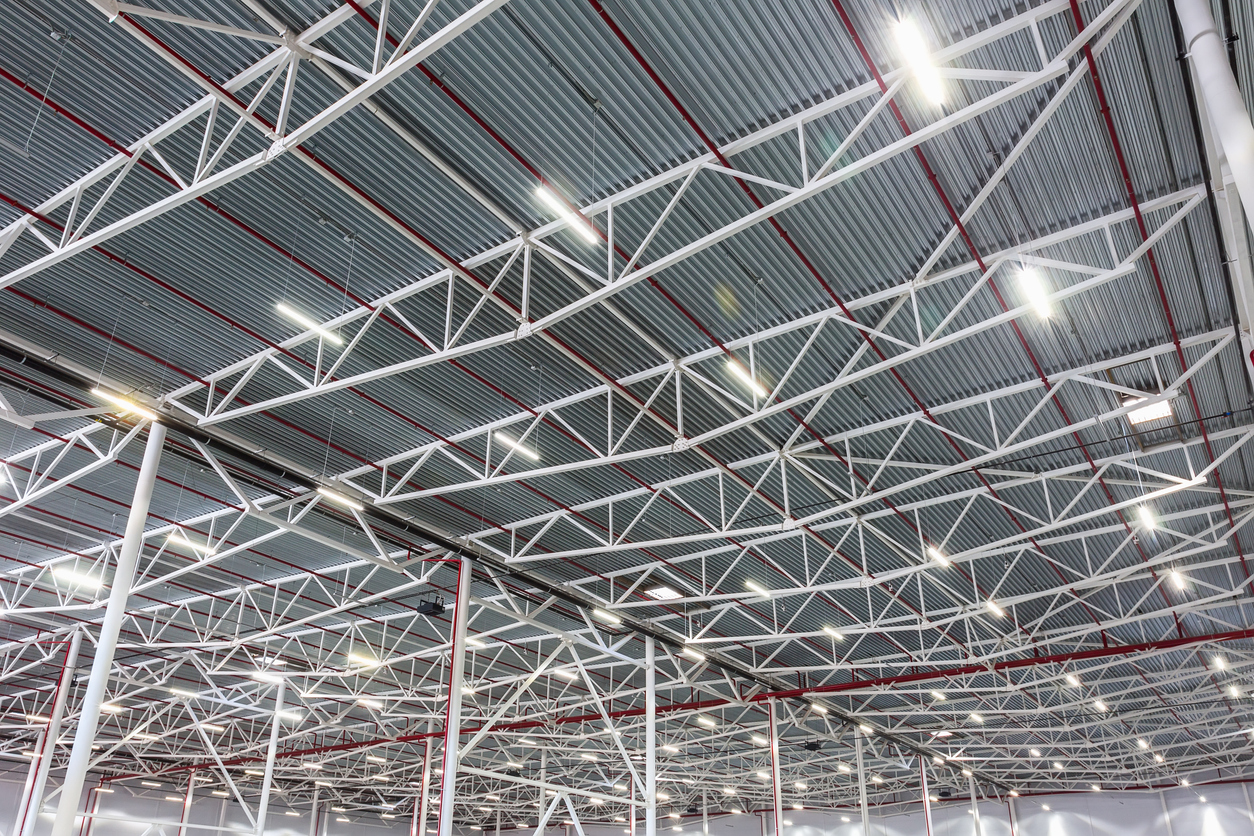Have you ever considered that the lights above you could do more than just shine? In today’s rapidly evolving industrial landscape, LED lighting has transcended its traditional role. It’s not just about visibility anymore; it’s about connectivity, data, and innovation.
Lighting as a Platform for Innovation
The Rise of Smart Lighting Systems
LEDs have opened the door to intelligent lighting systems that integrate seamlessly with other technologies. These systems can:
- Monitor Energy Usage: Real-time data on energy consumption helps in making informed decisions to reduce costs.
- Enhance Operational Efficiency: Automated controls adjust lighting based on occupancy or time of day, optimizing energy use without human intervention.
- Improve Safety: Sensors can detect motion or environmental changes, triggering alerts or adjustments to lighting for enhanced safety.
The Internet of Things (IoT) and Lighting
LED lighting systems are becoming an integral part of the IoT ecosystem. By embedding sensors and communication capabilities into lighting fixtures, businesses can collect valuable data on:
- Space Utilization: Understand how different areas of the facility are used, leading to better space management.
- Environmental Conditions: Monitor temperature, humidity, and air quality to ensure optimal working conditions.
The Economic Impact of Innovative LED Solutions
Reducing Operational Costs
Beyond the inherent energy savings of LEDs, smart lighting systems contribute to further cost reductions through:
- Predictive Maintenance: Sensors can predict when a light is nearing the end of its life, scheduling maintenance proactively and avoiding downtime.
- Dynamic Pricing: Adjusting energy consumption during peak pricing times can lead to significant savings.

Enhancing Productivity
Better lighting conditions have been shown to:
- Increase Worker Efficiency: Improved visibility reduces errors and accelerates task completion.
- Boost Morale: A well-lit environment contributes to employee satisfaction and retention.
Sustainability and Corporate Responsibility
Meeting Environmental Goals
Advanced LED systems help companies meet sustainability targets by:
- Reducing Carbon Footprint: Lower energy consumption translates to fewer greenhouse gas emissions.
- Supporting Renewable Energy Integration: Intelligent systems can synchronize with renewable energy sources like solar panels.
Real-world Application: Innovating with Light
Consider GlobalTech Industries, which implemented an advanced LED lighting system:
- Energy costs reduced by 70%, thanks to smart controls and energy optimization.
- Productivity increased by 20%, with employees reporting better focus and comfort.
- Data analytics led to operational improvements, such as reallocating underutilized space.

Embracing the Future
- Assess Technological Needs: Identify areas where smart lighting can integrate with existing systems.
- Invest in Scalable Solutions: Choose technologies that can grow with your business.
- Train Staff: Ensure your team understands how to leverage new systems for maximum benefit.
Let’s Innovate Together
The future of industrial lighting is bright—literally and figuratively. By embracing LED innovations, you’re not just upgrading your lighting; you’re investing in a platform that drives efficiency, sustainability, and growth.






